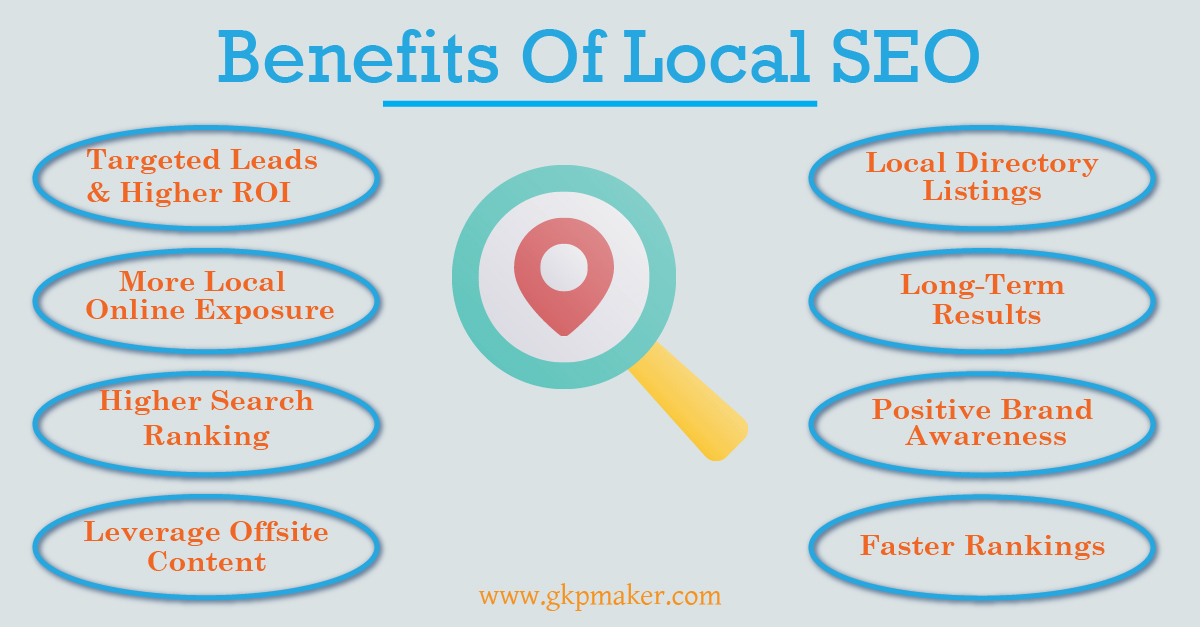
When you move a website, you need to upgrade the platform on which it is built. This is known as website migrating. These are some tips to help you migrate your website. Continue reading to learn more. This process involves changing the whole website. However, you must ensure that you have migrated your content from one platform to another. You also need to avoid duplicate content issues.
Rebuilding a website
There are many considerations to make when rebuilding a website after migrating it. Although a move to a new website can lead to decreased traffic, it can also increase your site's growth. It is important that you are aware of the potential risks involved in this process before you go ahead. Here are some key steps to avoid such problems. Before starting your project, be sure to read some customer reviews.
First, you should establish a staging environment for the new website. This staging environment will allow you to test your site, fill out content, and then launch your website. Next, ensure there are no broken pages and that you monitor engagement metrics. Keyword monitoring is also important. This is crucial in achieving the desired SEO results. You should not only test the website's performance but also consider technical SEO aspects.
Building a new site

It takes a lot of planning to build a new site after migrating one. To ensure success, you must first consider your "why", which is the primary reason for the migration. This will help to better target your goals. A domain with a higher authority may be required if you desire to have greater domain authority. Maybe you want to completely change the brand of your business. In which case, you will need a domain having a higher authority. However, if your only purpose is to make structural improvements to your company's website, you may not have to change your domain.
It's crucial to track traffic and rankings after site relocation. Bad redirection practices may be responsible for a large drop in traffic and rankings over time. In an ideal world, your legacy site's rank and traffic should fall to zero within six-months. Otherwise, you want to ensure a smooth transition. In the meantime, you'll need to monitor your keyword rankings, organic search traffic, and backlinks. If they haven’t dropped below zero, it’s time start building a site.
Installing redirects
It is vital to set up redirects when migrating website. For SEO optimization and customer experience, it is important to set up redirects correctly. If your old domain isn't yet migrated, ensure that you use 301 URL redirects to reroute all traffic to your new site. To avoid making mistakes, it is important to test your migration in a sandbox. Don't delay in correcting a serious error that could take many months.
Next, map all URLs. For simple redirects you can copy and paste all URLs. However if you need more complex redirects an SEO will be required. Non-SEOs might not realize the importance redirects. It is not unusual for someone lacking technical knowledge make a mistake that causes site migration to become a disaster. An SEO can help you in this situation.
Avoiding duplicate content issues

Do not allow duplicate content to be a problem when moving a website between hosting providers. Google may not index your website if there is duplicate content. This happens often with product descriptions and blog post content. The best way to avoid duplicate content is to completely rewrite offending copy. This can take time and is labor-intensive. There are many reasons for this problem, and we'll discuss them briefly in this article.
Human error is one of most common reasons for duplicate content. Without realizing, you may have copied pages from your old website onto your new one. It can happen accidentally, but there are ways to avoid duplicate content. It is important to understand why duplicate content occurs and how it can be prevented. You can then choose the best solution to each situation. Create unique URLs on each page of your website in order to avoid duplicate content.
FAQ
What is a PPC Ad?
Pay-per click ads are text-based adverts that appear at the top and bottom of pages.
These ads are extremely targeted. This means that advertisers only pay when someone clicks.
PPC advertising is very similar to Pay Per Call advertising, which we'll discuss later.
How long does SEO take you to build traffic?
The average time it takes to generate traffic via SEO is 3-4 months. But, this depends on many factors, including:
-
Your site's content quality
-
Backlinks
-
Targeted keywords
-
Competitor rankings etc.
If you're new to SEO and want to generate some quick results, try using SEMrush for a free trial. They provide a powerful platform that allows you to monitor all aspects of your SEO campaign, including competitor research, backlink profile, top pages, local listings, organic traffic stats, reports, and more.
How much does SEO cost?
SEO costs are dependent on the size of your company and industry. SEO costs vary depending on the size of your company, industry and budget. Smaller businesses may only spend a few hundred per month while larger companies could spend thousands. Our free SEO calculator can help you estimate the cost of SEO.
What are the best tools available for on-page SEO?
The best tools for on-page SEO are video embeds, image alt tags, structured data markup, and internal link structure. Learn more about these topics in this article.
Where can I find my keywords?
You'll need to consider what kind of products or services you offer and who your ideal customer is, and then look for standard terms related to those things. Once you have your list of phrases you can use Google Keyword Planner or the popular search engines DuckDuckGo, Yahoo, Bing and Yahoo to view what people are searching for.
How do I create an SEO strategy?
The first step in creating an effective SEO strategy is understanding what you want to achieve and how you will go about achieving this goal. This allows you to structure your content around these goals.
The second step in the process is to work on your keywords. Through keyword research, you can get insight into what people want to find by using certain words. You can then write articles around these topics using this information.
When you write your articles, be sure to include your targeted keywords. You can also optimize your articles by adding images and videos that are relevant. Lastly, link to other related pages wherever possible.
Now it's time for you to optimize the content that you have written.
Statistics
- A 62.60% organic traffic boost to that page: (backlinko.com)
- Sean isn't alone… Blogger James Pearson recently axed hundreds of blog posts from his site… and his organic traffic increased by 30%: (backlinko.com)
- Which led to a 70.43% boost in search engine traffic compared to the old version of the post: (backlinko.com)
- : You might have read about the time that I used The Content Relaunch to boost my organic traffic by 260.7%: (backlinko.com)
- If two people in 10 clicks go to your site as a result, that is a 20% CTR. (semrush.com)
External Links
How To
How to create a successful SEO campaign
You have to know how to stand out from the crowd if you are doing creative writing.
Most writers are similar. When they write, they tend to follow the same pattern. They fall back to cliches and repeat themselves.
It is important to break free from these patterns and come up with new ideas. This requires thinking outside of the box.
It also means finding ways to make your writing more interesting. Writing for an audience requires that you consider their motivations. What turns them on? What makes them giggle? What makes them cry?
What is it that excites them? What scares you?
These are the questions you should ask yourself when you write. Then ask yourself why someone would care about what you're saying. Why would anyone ever read your words, then?
Once you figure that out, you can begin to craft your story.
Your hook is the first thing you should do. Your opening line is crucial. It's the first impression you leave on readers. So choose wisely.
Next, decide whether your piece is going to be informational or persuasive. Informational pieces explain facts. Persuasive pieces convince readers to agree with you.
Decide whether you are going to tell stories, or give examples. Stories are fascinating. Exemples show how something works.